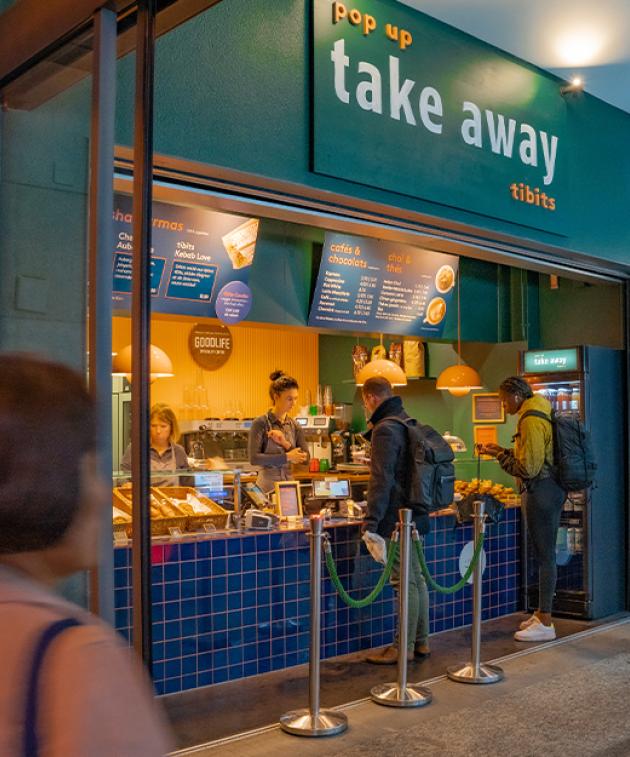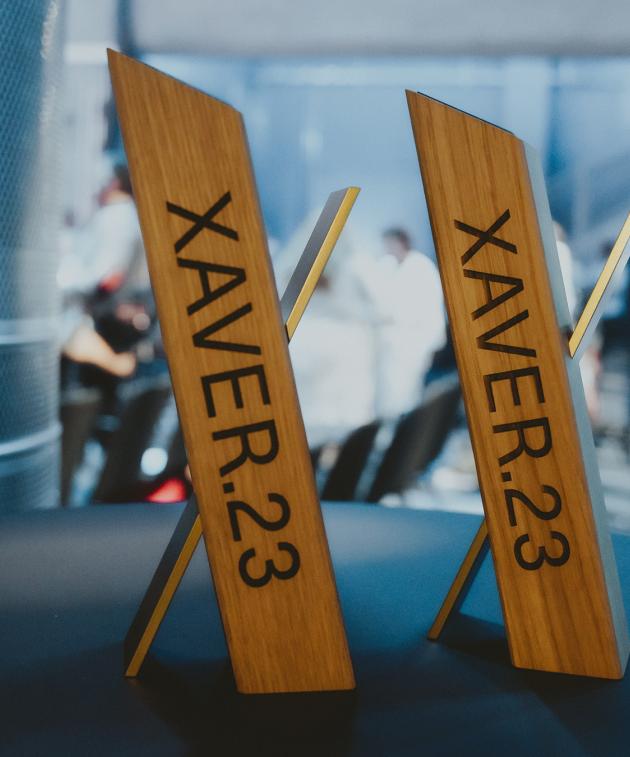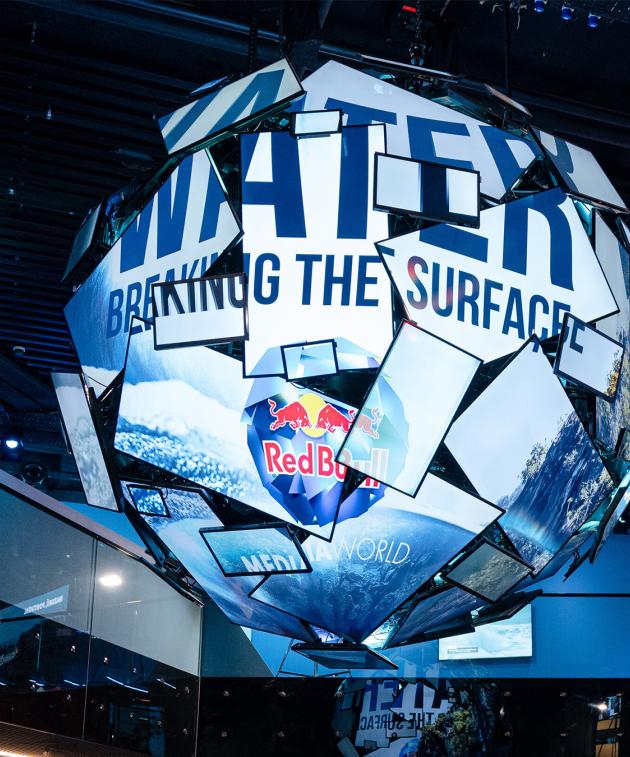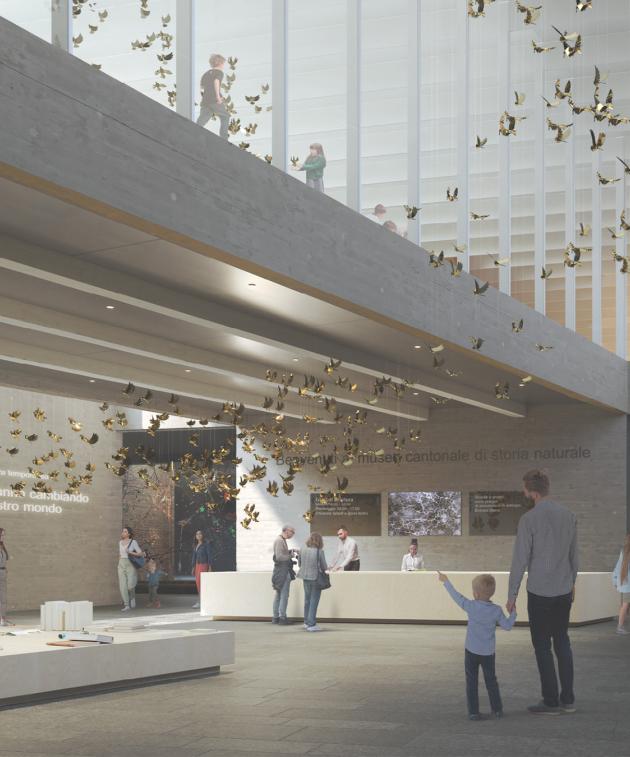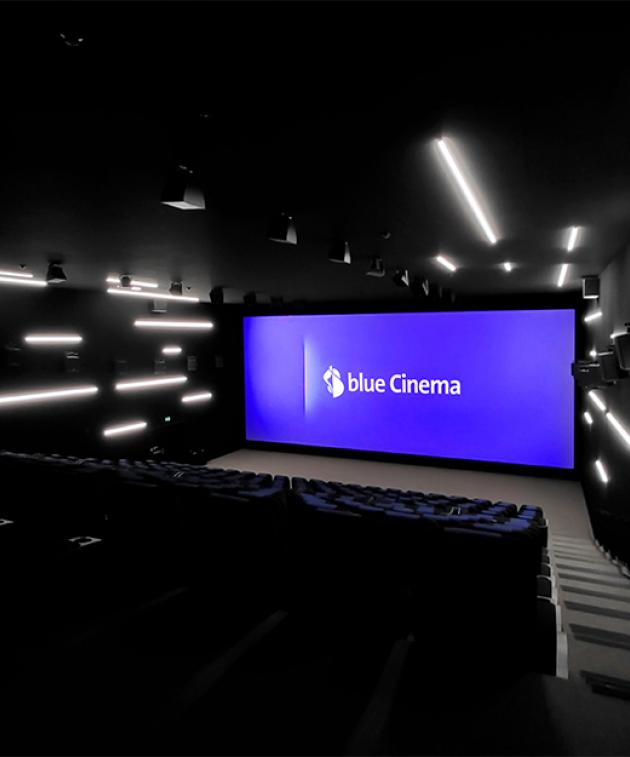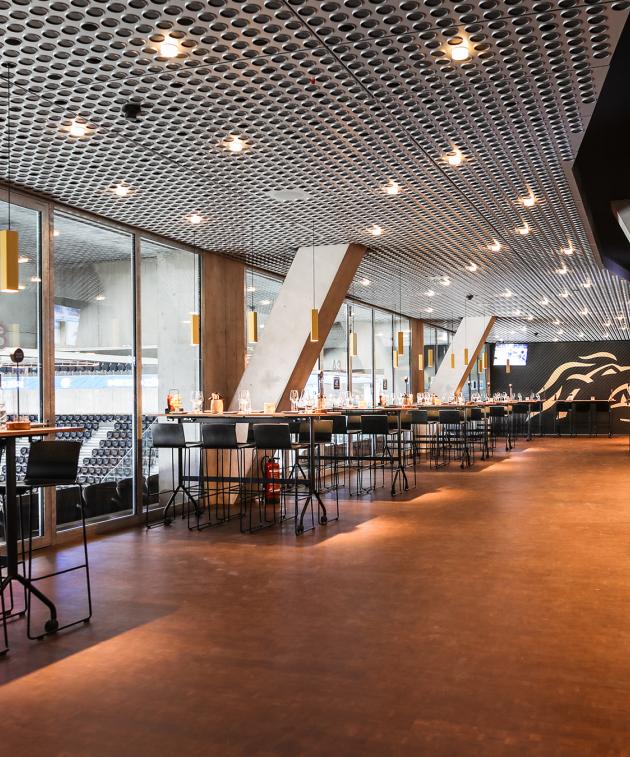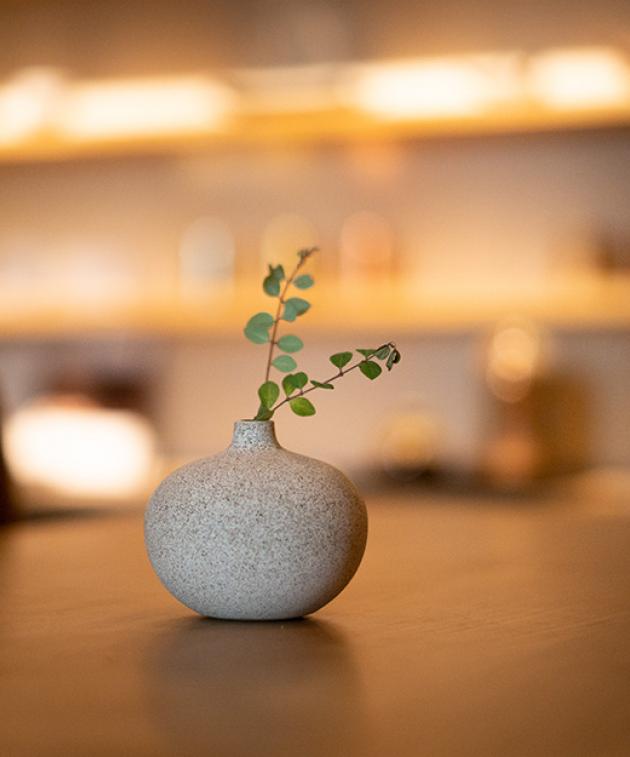Post-Covid (Home)-Offices
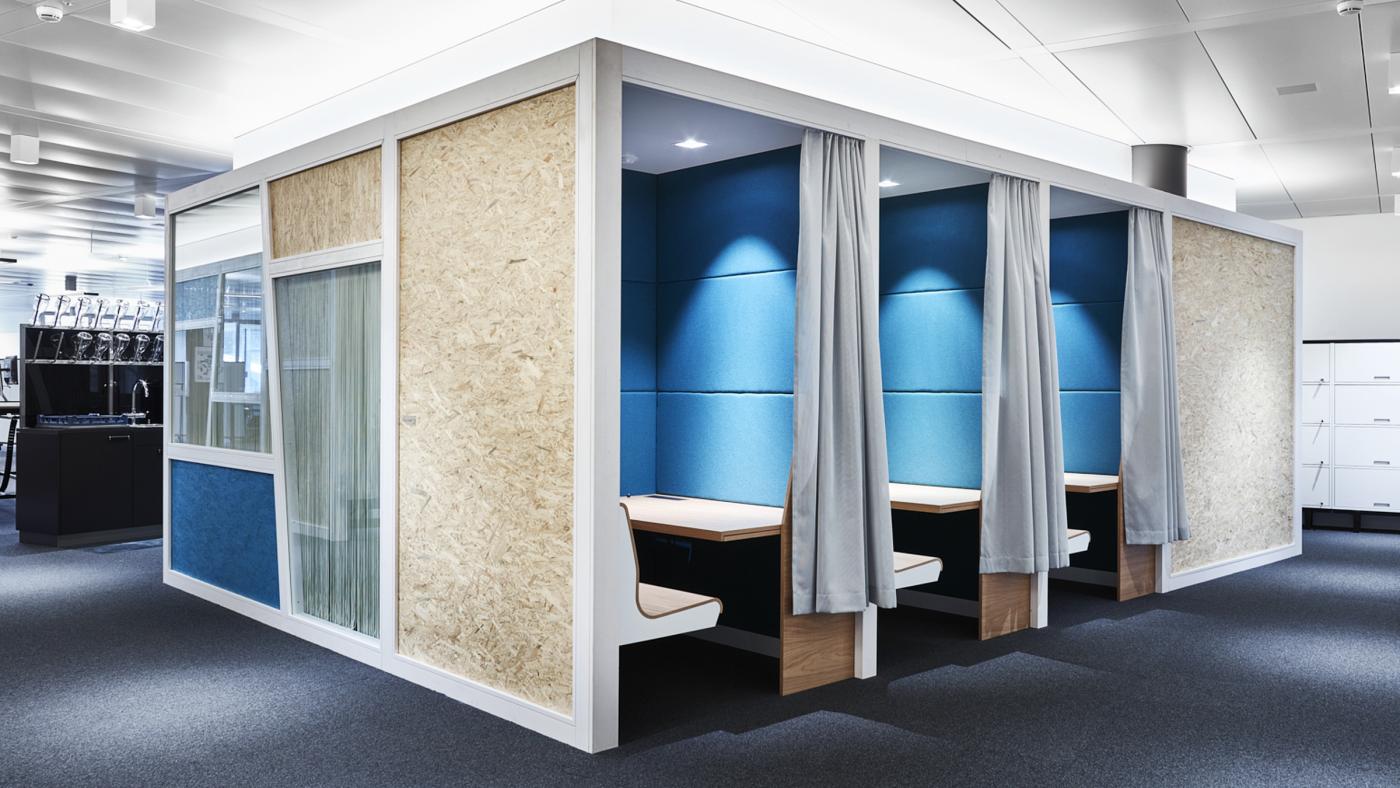
Flexible workstations in the Admeira office.
MOBILE AND FLEXIBLE WORKING ENVIRONMENT
While the digital transformation had already been on everyone's lips before, the crisis has created facts with a digitalisation push: The world of work has become mobile and flexible. What will remain and what are the consequences for the design of offices?
WHAT EMPLOYEES WOULD LIKE
Although many employees will return to their offices, the desire for a continuation of home office remains. In a survey conducted by Deloitte Switzerland 70% of respondents said they could work more or as efficiently in their home office as in their office, and most respondents prefer a flexible working model.
Working from home on a permanent basis - even part-time - obliges the company not only in terms of IT infrastructure and internal communication, but also in terms of workplace design.
WORKPLACE: AT HOME
In the exceptional situation, work was done at kitchen tables, at the chest of drawers in the parents' bedroom, on the mini desk in the children's room or sitting on the sofa. (We speak from experience). All far away from an ergonomic workplace. In addition to height-adjustable tables and chairs, as well as matching screens and IT infrastructure, light and ambient noise are often underestimated factors when it comes to our ability to concentrate, effectiveness and thus our health at work. We reported on the right light here. In home office design, too, companies should offer their employees a helping hand; in the interests of both sides.
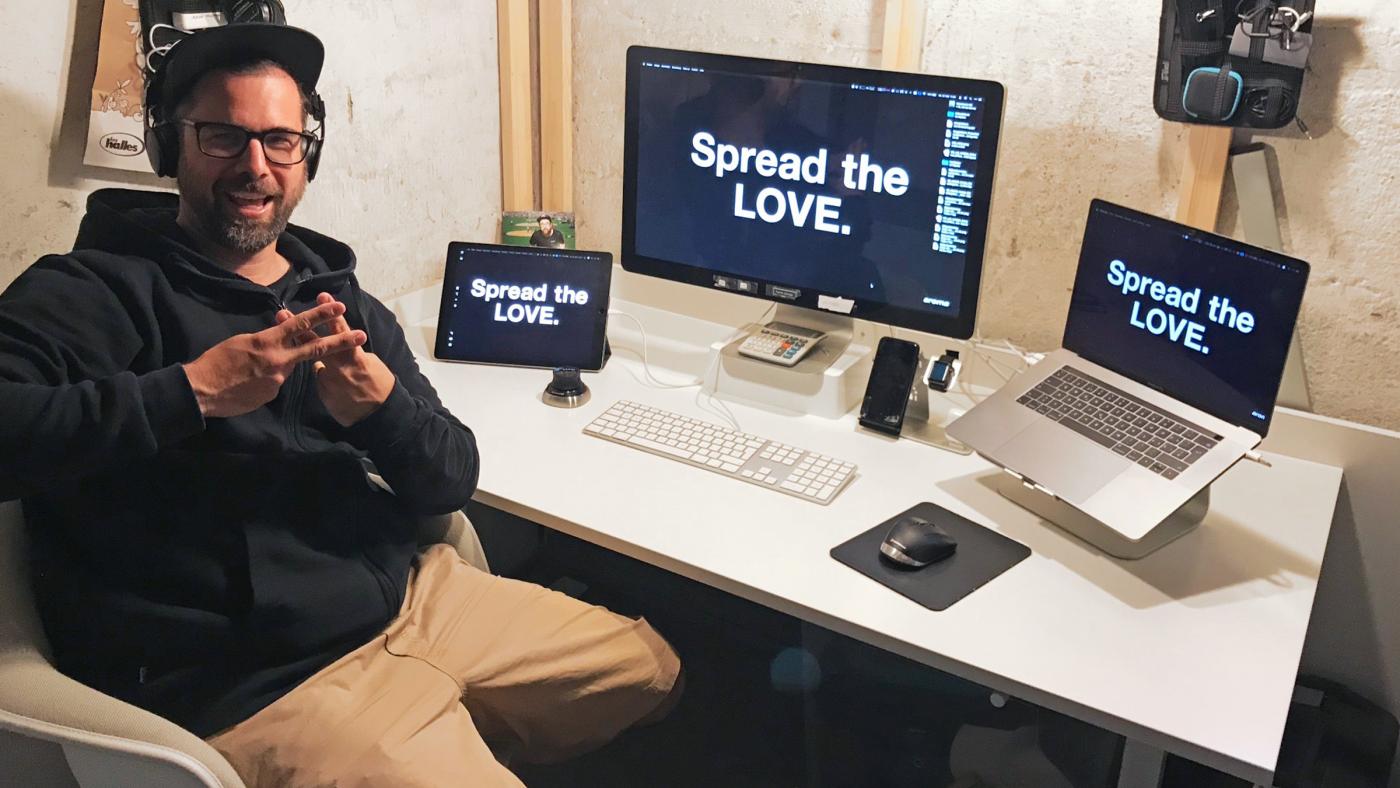
The ideal IT infrastructure for the home office.
FUTURE COMPANY HEADQUARTERS
The more we move in virtual spaces, the greater our need for encounter. Working from home during the crisis has also proven this: Many lacked the personal exchange within the team, with customers, suppliers and partners.
Precisely because working models are becoming more diverse, the office environment is becoming more important, and we should say goodbye to a dreary hall with rows of workstations or individual offices. Everyone prefers to work from home. A contemporary office design is a place of identification and social relations. It strengthens the relationship between employees and the company by reflecting corporate culture.
Architecture also provides orientation towards the outside world, especially when it comes to recruiting new employees. Read more in the interview «Office is gone».
INNOVATION IS NOT CREATED IN VIDEOCHAT
Quiet work will in future increasingly be done in the home office. Where new things are to be created, however, personal exchange is needed. Spatial proximity has a positive influence on the development of new ideas, the exchange of ideas with each other promotes creativity and helps to push projects forward. Depending on the company and work processes, the area of project work zones can be larger than that of individual workstations.
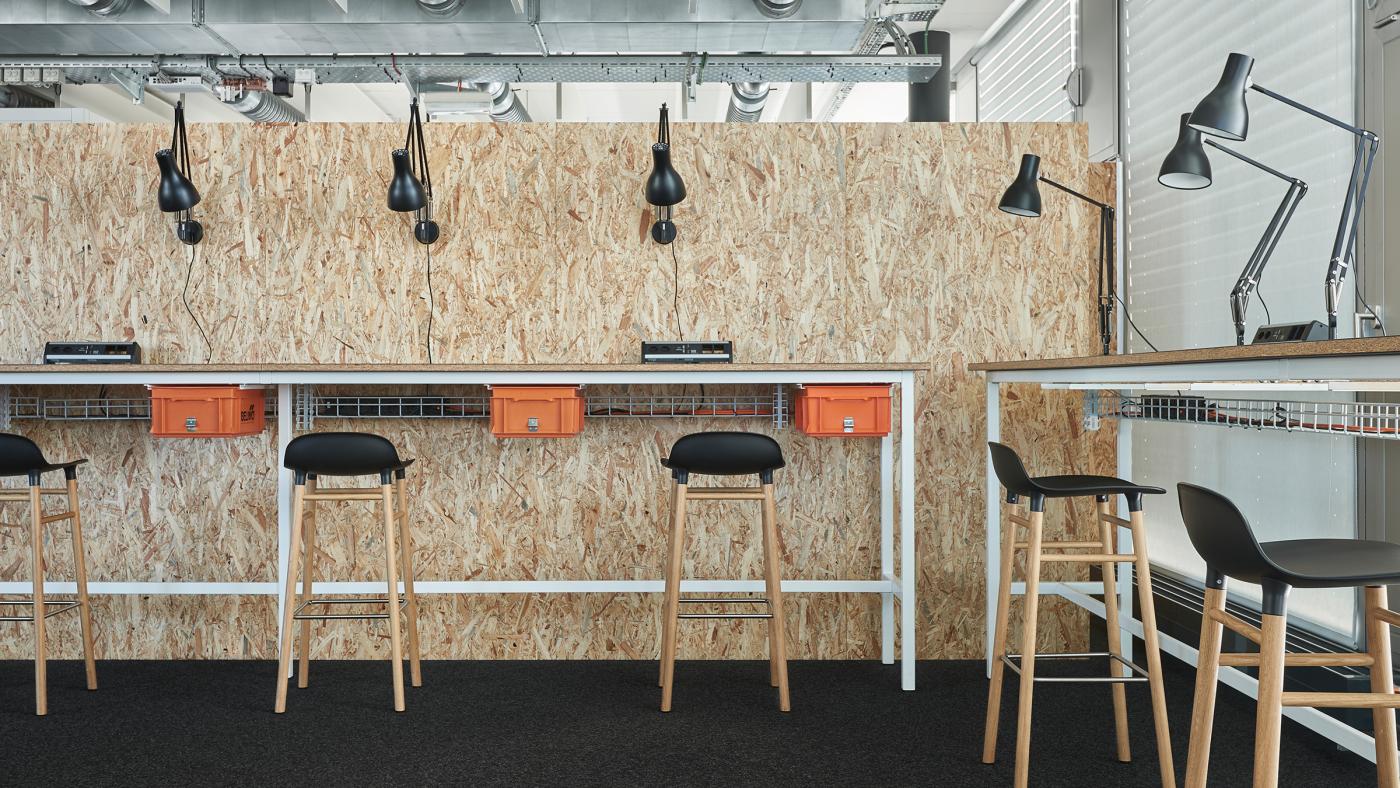
At Belimo Automation, flexibly usable individual workstations give project work zones more space. (Photo: Gataric photography)
INCREASE IN VIDEO MEETINGS
In the future, more meetings and conferences will be held via video call. In addition to bandwidths, this also requires spatial adaptation. If it is lively and loud in the background - just two people talking is enough - the meeting will be disturbed. Sound-optimised backgrounds or partitions that match the corporate design provide a remedy and can also regulate distances. Focus boxes for one or two people also meet the requirements.
Serendipity
At the coffee machine, during the breaks, in the corridors, we meet colleagues by chance and a casual exchange takes place. These short, informal yet informative meetings are effective in many ways: they promote a sense of togetherness, for example, or serve as a forum for exchange across departmental or project boundaries.
The more the office space becomes a flexible place for collaboration and exchange, the more precautions against noise emissions, efficient cabling and intelligent lighting design are required in the planning. Flexible spaces also allow for flexible responses to distance regulations.
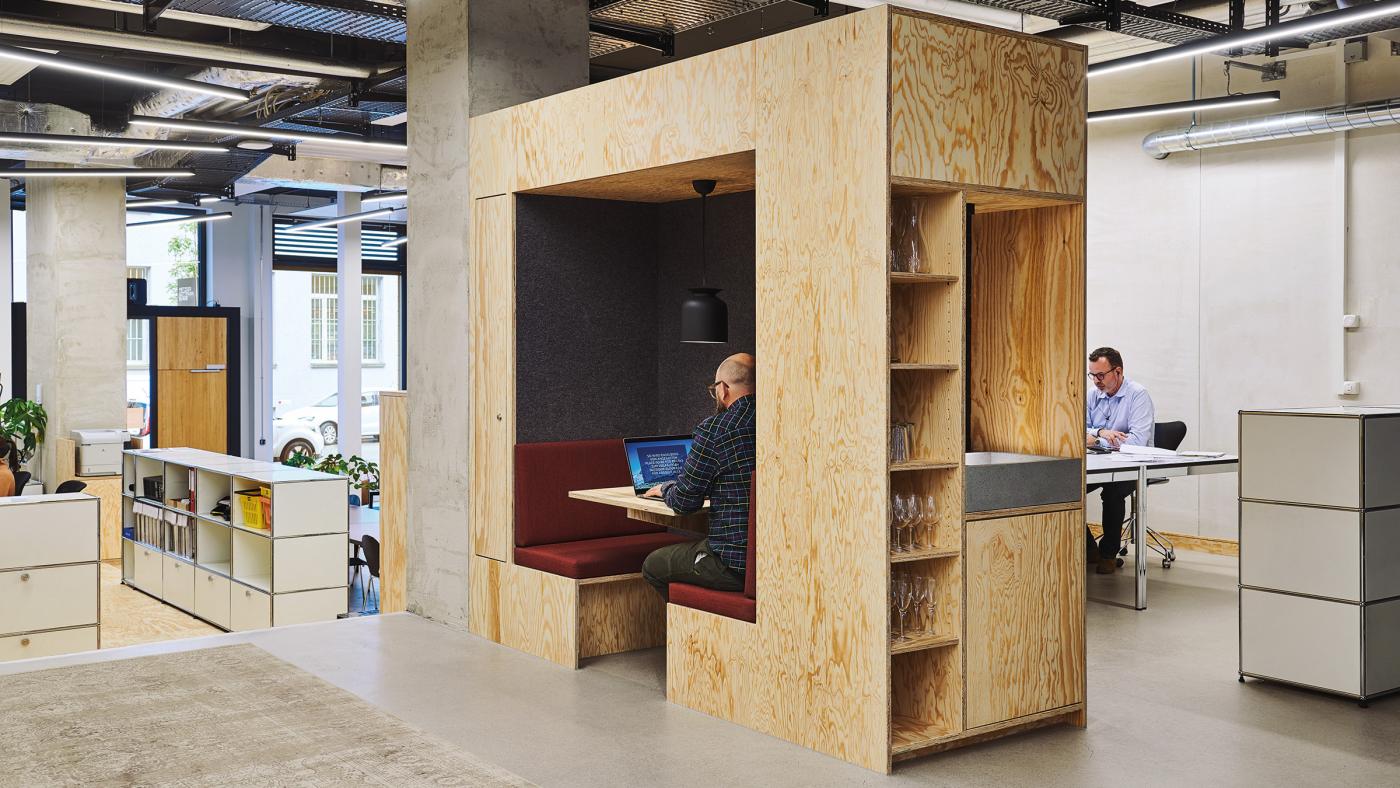
Flexible rooms allow the creative agency Metzger Rottmann Bürge MRB to react flexibly to distance regulations. (Photo: Gianni Baumann)
Human-centered Design
The needs of the employees are central. If working methods are currently changing rapidly, they should be included in this process. If a new office design is being considered, topics such as design, structures, work processes and working methods can be developed jointly in guided workshops. Our design team then draws conclusions and locates the topics in a design concept. In this way, the rooms will be used with pleasure in the future and the employees will come to the office motivated.
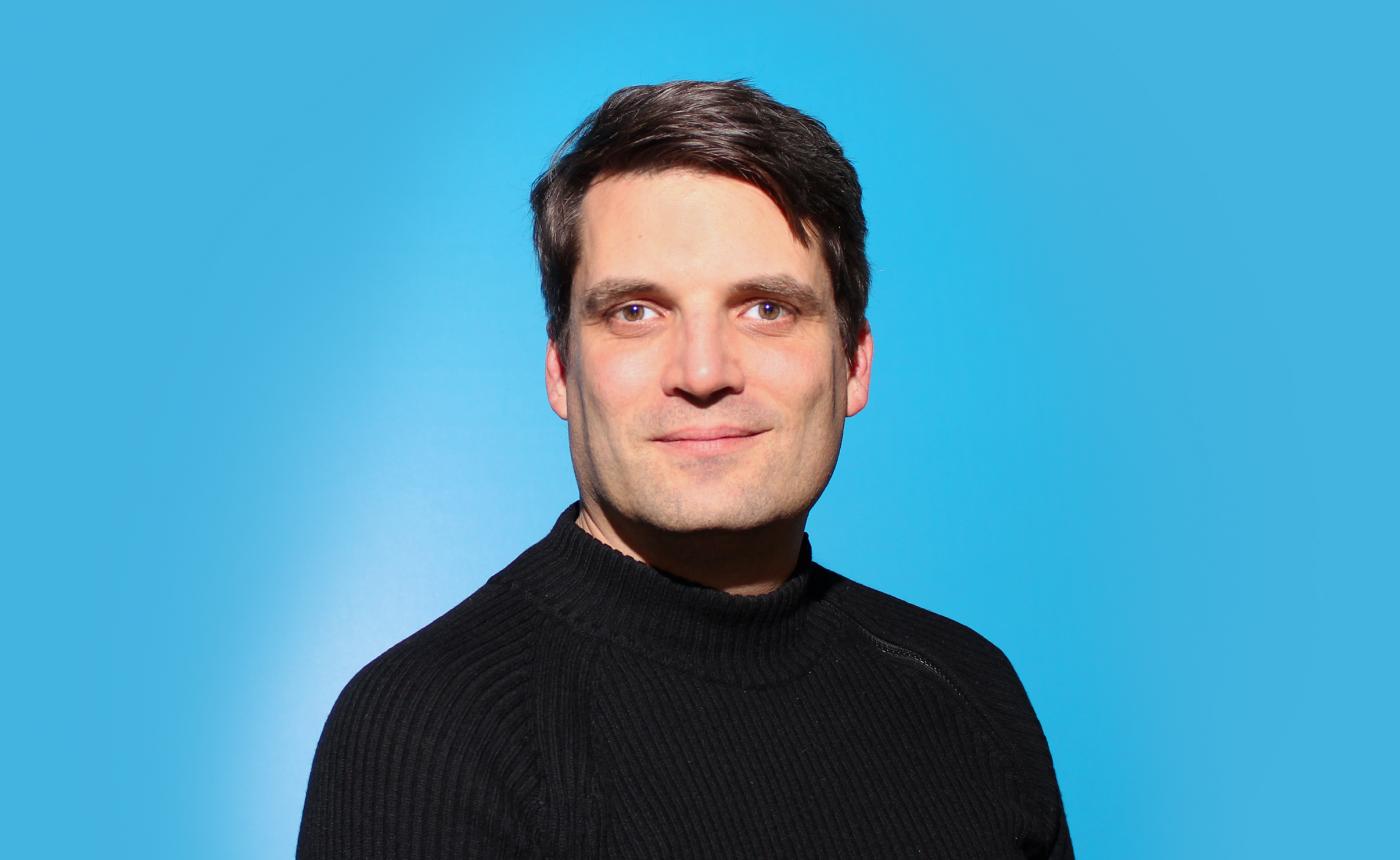
Questions? Contact Gilles Burst now. Gilles is an architect and works as a project developer with a focus on working environments.
Sources: Deloitte Schweiz, Frauenhofer IAO, GDI Gottlieb Duttweiler Institute, Zukunftsinstitut Matthias Horx

